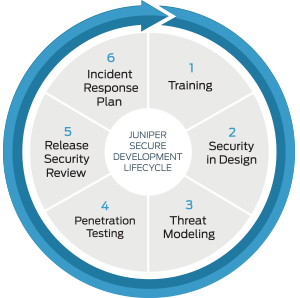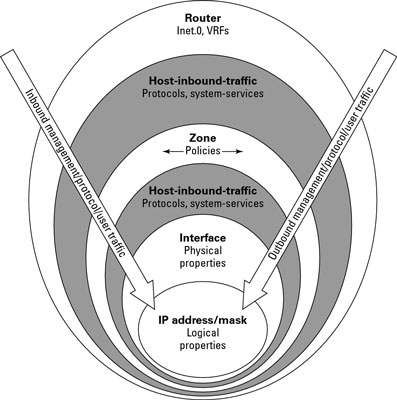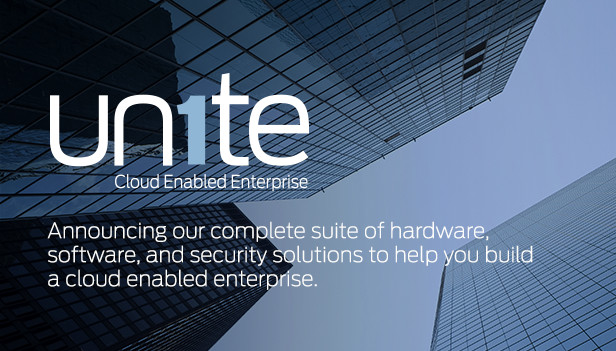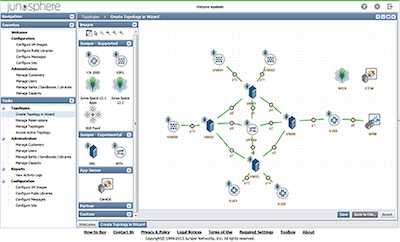During an internal code review, two security issues were identified.
Administrative Access (CVE-2015-7755) allows unauthorized remote administrative access to the device. Exploitation of this vulnerability can lead to complete compromise of the affected device.
This issue only affects ScreenOS 6.3.0r17 through 6.3.0r20. No other Juniper products or versions of ScreenOS are affected by this issue.
Upon exploitation of this vulnerability, the log file would contain an entry that ‘system’ had logged on followed by password authentication for a username.
Compromised login by user username2:
Note that a skilled attacker would likely remove these entries from the local log file, thus effectively eliminating any reliable signature that the device had been compromised.
This issue has been assigned CVE-2015-7755.
VPN Decryption (CVE-2015-7756) may allow a knowledgeable attacker who can monitor VPN traffic to decrypt that traffic. It is independent of the first issue.
This issue affects ScreenOS 6.2.0r15 through 6.2.0r18 and 6.3.0r12 through 6.3.0r20. No other Juniper products or versions of ScreenOS are affected by this issue.
There is no way to detect that this vulnerability was exploited.
This issue has been assigned CVE-2015-7756.
Juniper SIRT is not aware of any malicious exploitation of these vulnerabilities, however the password needed for the administrative access has been revealed publicly.
No other Juniper Networks products or platforms are affected by these issues.
Juniper has issued a statement about these vulnerabilities at: http://forums.juniper.net/t5/Security-Incident-Response/bg-p/SIRT
Solution:Administrative Access (CVE-2015-7755) allows unauthorized remote administrative access to the device. Exploitation of this vulnerability can lead to complete compromise of the affected device.
This issue only affects ScreenOS 6.3.0r17 through 6.3.0r20. No other Juniper products or versions of ScreenOS are affected by this issue.
Upon exploitation of this vulnerability, the log file would contain an entry that ‘system’ had logged on followed by password authentication for a username.
Example:
Normal login by user username1:2015-12-17 09:00:00 system warn 00515 Admin user username1 has logged on via SSH from …..
2015-12-17 09:00:00 system warn 00528 SSH: Password authentication successful for admin user ‘username1’ at host …Compromised login by user username2:
2015-12-17 09:00:00 system warn 00515 Admin user system has logged on via SSH from …..
2015-12-17 09:00:00 system warn 00528 SSH: Password authentication successful for admin user ‘username2’ at host …Note that a skilled attacker would likely remove these entries from the local log file, thus effectively eliminating any reliable signature that the device had been compromised.
This issue has been assigned CVE-2015-7755.
VPN Decryption (CVE-2015-7756) may allow a knowledgeable attacker who can monitor VPN traffic to decrypt that traffic. It is independent of the first issue.
This issue affects ScreenOS 6.2.0r15 through 6.2.0r18 and 6.3.0r12 through 6.3.0r20. No other Juniper products or versions of ScreenOS are affected by this issue.
There is no way to detect that this vulnerability was exploited.
This issue has been assigned CVE-2015-7756.
Juniper SIRT is not aware of any malicious exploitation of these vulnerabilities, however the password needed for the administrative access has been revealed publicly.
No other Juniper Networks products or platforms are affected by these issues.
Juniper has issued a statement about these vulnerabilities at: http://forums.juniper.net/t5/Security-Incident-Response/bg-p/SIRT
The following software
releases have been updated to resolve these specific issues: ScreenOS
6.2.0r19, 6.3.0r21, and all subsequent releases.
Additionally, earlier affected releases of ScreenOS 6.3.0 have been respun to resolve these issues. Fixes are included in: 6.3.0r12b, 6.3.0r13b, 6.3.0r14b, 6.3.0r15b, 6.3.0r16b, 6.3.0r17b, 6.3.0r18b, 6.3.0r19b.
All affected software releases on http://www.juniper.net/support/downloads/screenos.html have been updated with these fixes.
KB16765 - "In which releases are vulnerabilities fixed?" describes which release vulnerabilities are fixed as per our End of Engineering and End of Life support policies.
Workaround:Additionally, earlier affected releases of ScreenOS 6.3.0 have been respun to resolve these issues. Fixes are included in: 6.3.0r12b, 6.3.0r13b, 6.3.0r14b, 6.3.0r15b, 6.3.0r16b, 6.3.0r17b, 6.3.0r18b, 6.3.0r19b.
All affected software releases on http://www.juniper.net/support/downloads/screenos.html have been updated with these fixes.
KB16765 - "In which releases are vulnerabilities fixed?" describes which release vulnerabilities are fixed as per our End of Engineering and End of Life support policies.
The Juniper SIRT strongly
recommends upgrading to a fixed release (in Solution section above) to
resolve these critical vulnerabilities.
CVE-2015-7755 (unauthorized access) Mitigation
Restricting management access to only trusted management networks and hosts will help mitigate this issue. The attack can only be executed from a location where a legitimate management login would be permitted.
CVE-2015-7756 (VPN decryption) Mitigation
No workaround or detection exists for the VPN decryption vulnerability.
Security Best Current Practice (BCP)
In addition to the recommendations listed above, it is good security practice to limit the exploitable attack surface of critical infrastructure networking equipment. Use access lists or firewall filters to limit management access to the device only from trusted, internal, administrative networks or hosts.
Implementation:CVE-2015-7755 (unauthorized access) Mitigation
Restricting management access to only trusted management networks and hosts will help mitigate this issue. The attack can only be executed from a location where a legitimate management login would be permitted.
CVE-2015-7756 (VPN decryption) Mitigation
No workaround or detection exists for the VPN decryption vulnerability.
Security Best Current Practice (BCP)
In addition to the recommendations listed above, it is good security practice to limit the exploitable attack surface of critical infrastructure networking equipment. Use access lists or firewall filters to limit management access to the device only from trusted, internal, administrative networks or hosts.
How to obtain fixed software:
ScreenOS software releases are available at http://www.juniper.net/support/downloads/screenos.html

 It sounds complicated, but it’s not. First, you configure the zones
and then you associate the interfaces with the zones. Here, we're
assuming that you’re using only one routing instance. You can configure a
zone with more than one interface. However, each interface can belong
to only one zone.
It sounds complicated, but it’s not. First, you configure the zones
and then you associate the interfaces with the zones. Here, we're
assuming that you’re using only one routing instance. You can configure a
zone with more than one interface. However, each interface can belong
to only one zone.

